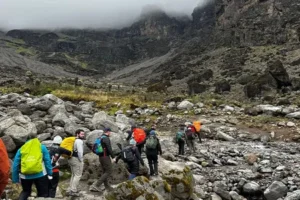
Beginner’s Guide to Climbing Kilimanjaro: First-Timer Tips
Table of Contents Beginner’s Guide to Climbing Kilimanjaro: FAQs for First-Time Trekkers Climbing Mount Kilimanjaro is a bucket-list adventure for many — and yes,
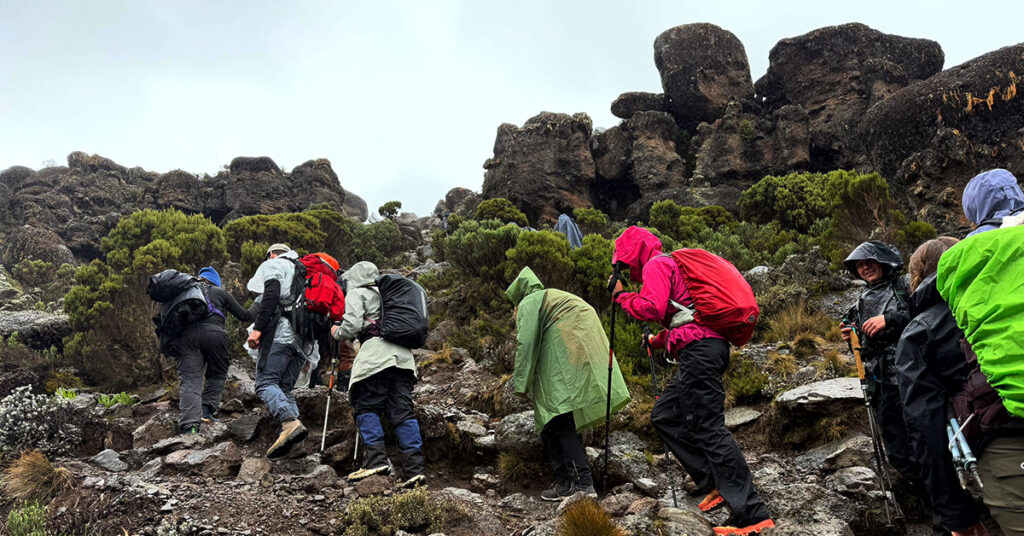
Tip: Look for policies that cover activities up to 6,000 meters — Kilimanjaro’s summit is 5,895m.
If unsure, send us your policy — we’ll contact the evacuation company and get confirmation.
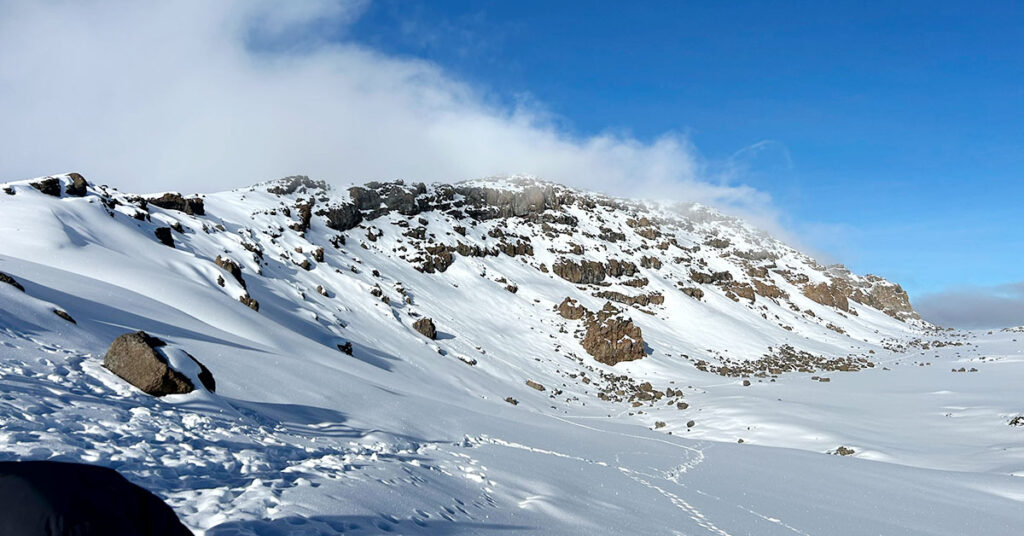

Table of Contents Beginner’s Guide to Climbing Kilimanjaro: FAQs for First-Time Trekkers Climbing Mount Kilimanjaro is a bucket-list adventure for many — and yes,
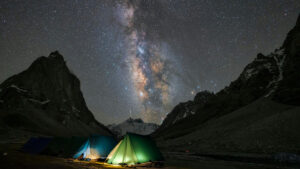
Table of Contents Mount Kilimanjaro Night Temperature: What to Expect During Your Trek and Summit Day | Kili Quests Climbing Mount Kilimanjaro is a
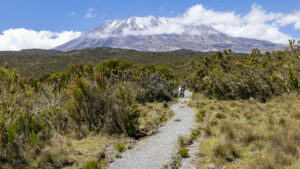
Table of Contents How to Properly Acclimatize on Mount Kilimanjaro: Tips and Things to Know | Kili Quests Climbing Mount Kilimanjaro is an incredible
@2025 Kili Quests. All rights reserved.